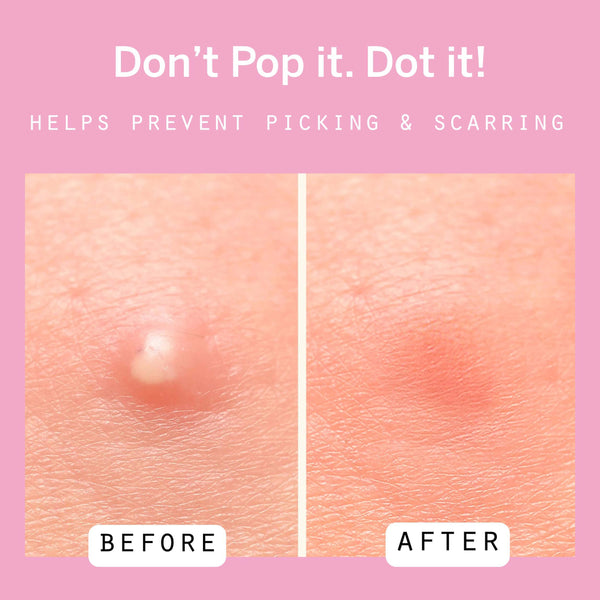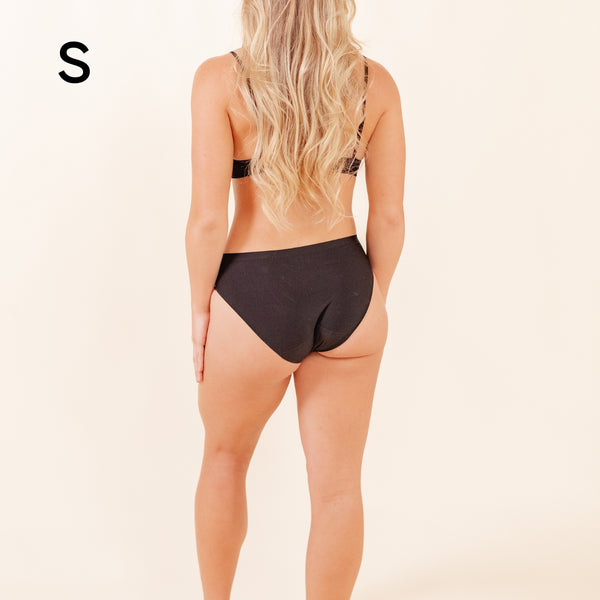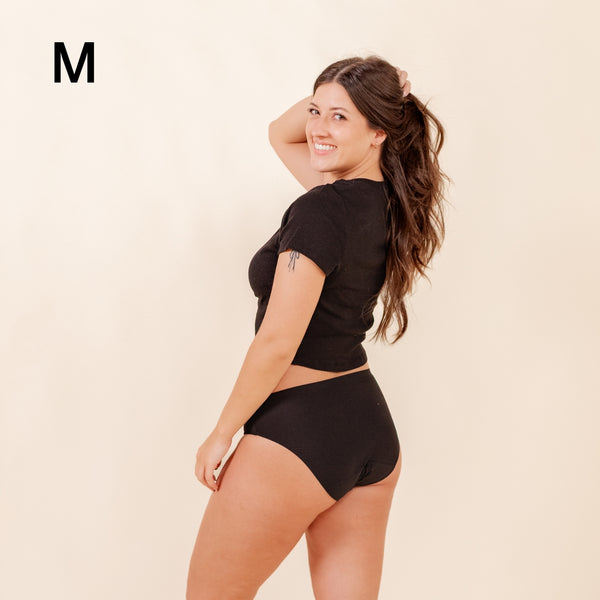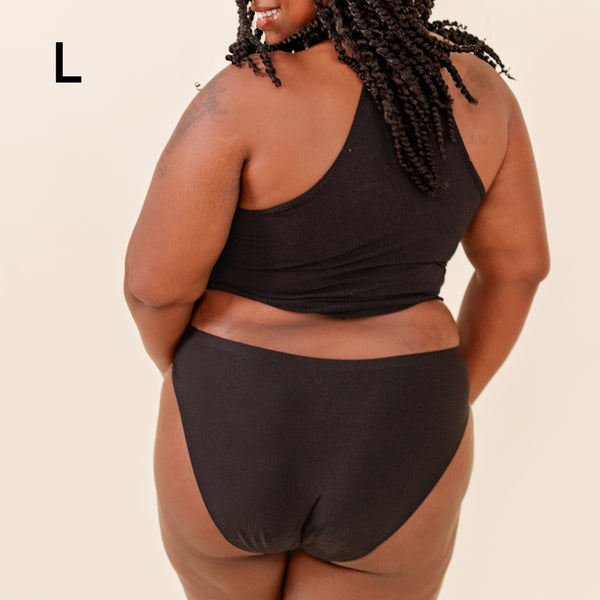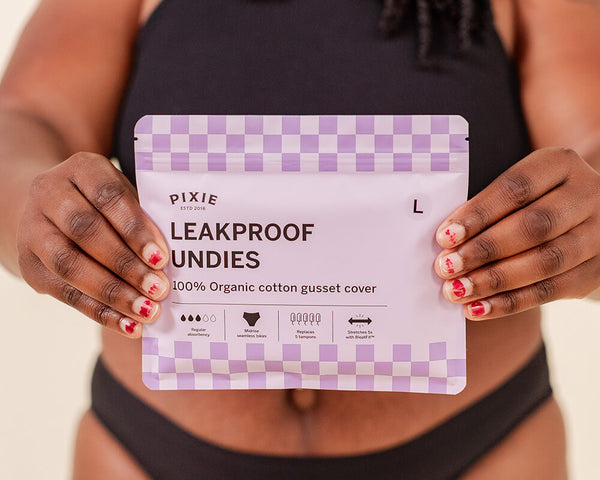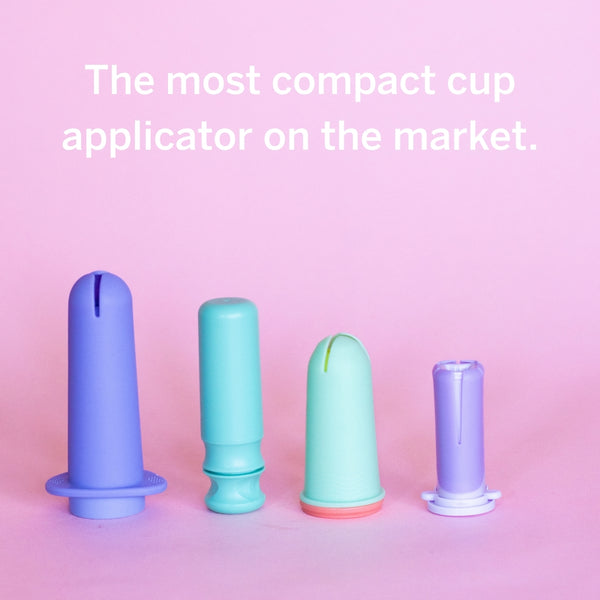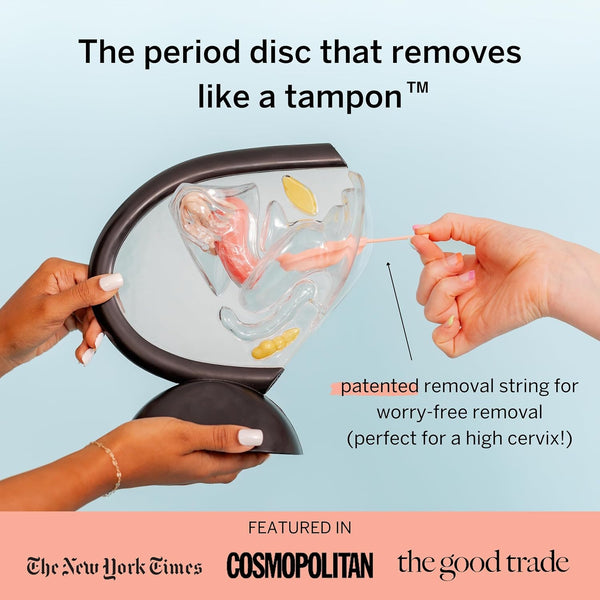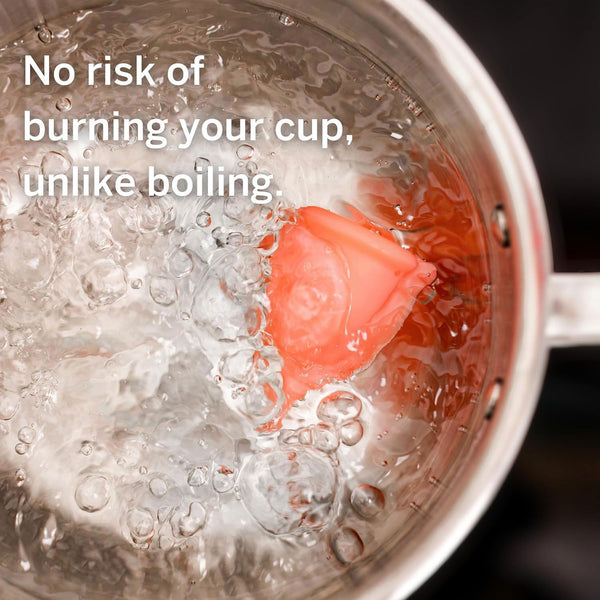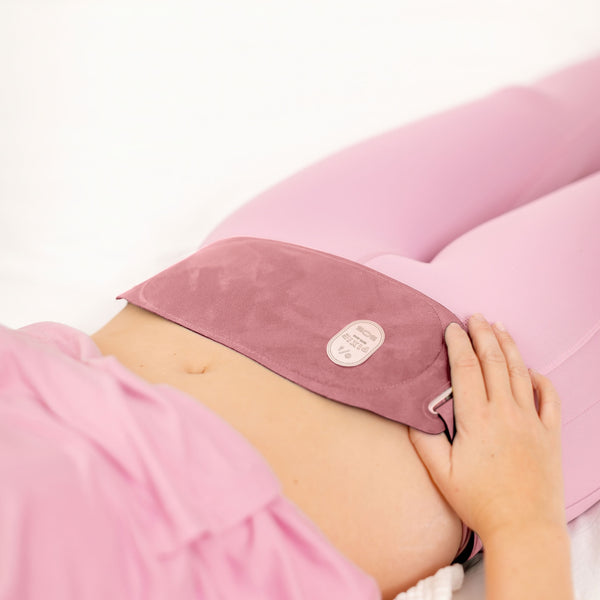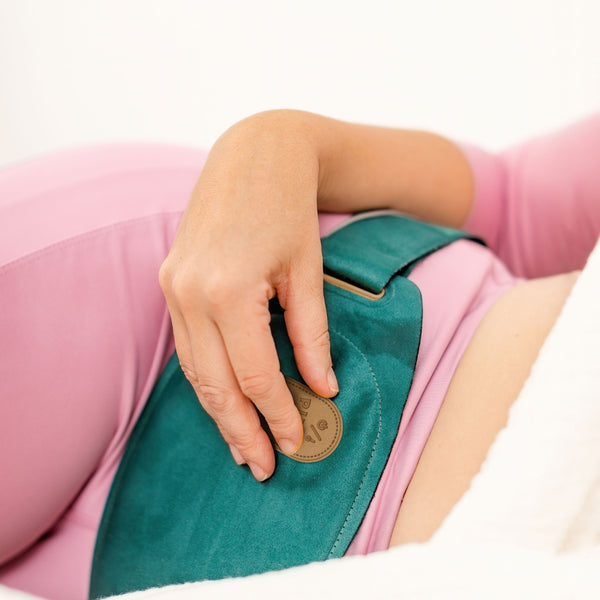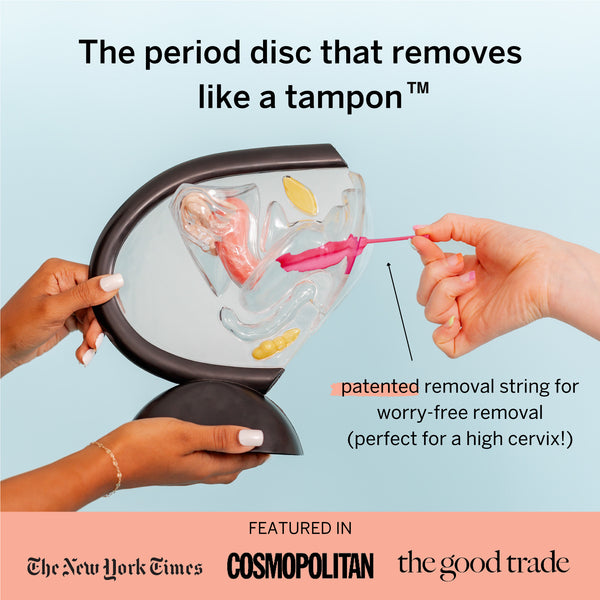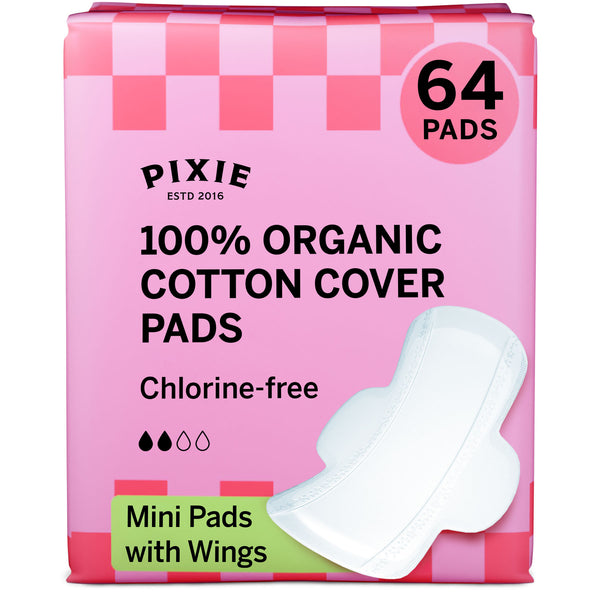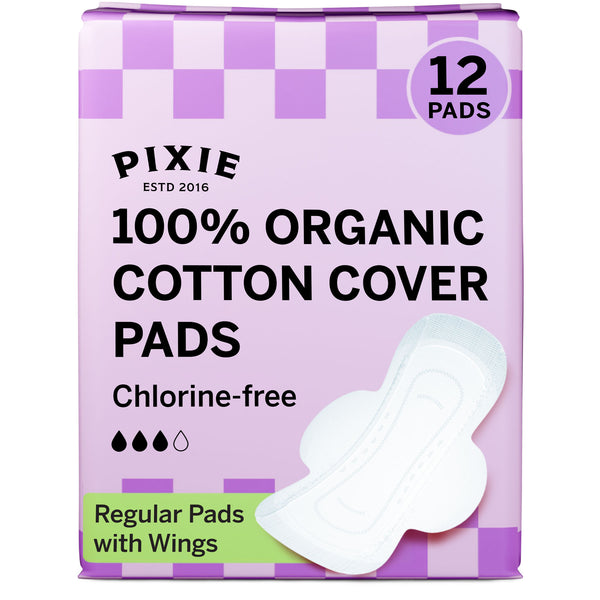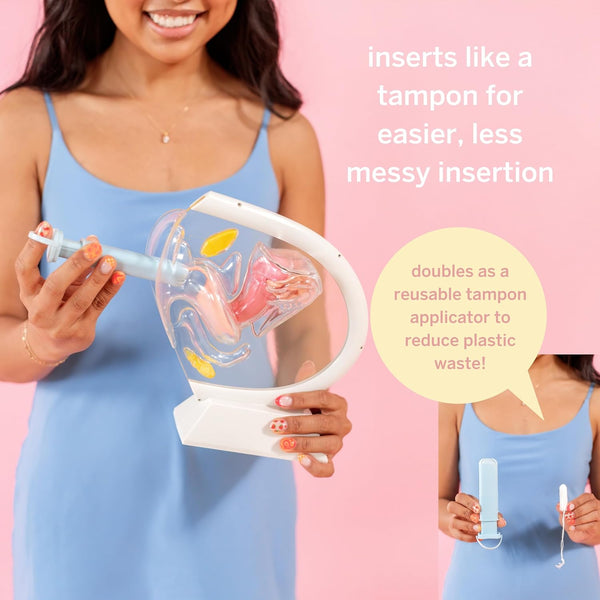Menstrual Products Comparison: Pads, Tampons, Cups, and Discs
Menstruation is a natural and essential aspect of a woman’s life, and throughout history, women have tried many different methods to handle their periods. In today’s world, where options abound, it’s crucial to explore the various menstrual products available and make informed choices through a thorough menstrual products comparison. So, let’s do just that!

In this blog post, we will explore the advantages and disadvantages of four popular menstrual products: pads, tampons, cups, and discs. Understanding the benefits and drawbacks of each option can help individuals make an informed decision about which product suits their needs and lifestyle the best.
Menstrual pads
Menstrual pads, also known as sanitary napkins, have been a popular choice for managing menstruation for decades. They offer a range of advantages, but there are also many drawbacks to consider.
Menstrual pads Pros
- Accessibility and Simplicity: Pads are widely available in grocery stores, pharmacies, and even vending machines. They are an easily accessible and simple to use option for women of all ages, especially young girls who may be new to menstruation.
- Comfort and Softness: Pads are designed to provide a soft layer of protection against leaks. They are made of absorbent materials that quickly soak up menstrual flow, keeping the surface dry and preventing discomfort.
- Reduced Risk of Toxic Shock Syndrome (TSS): Unlike tampons, which carry a risk of TSS if not changed regularly, pads do not increase the likelihood of developing this rare but serious condition. This makes pads a safer option for women concerned about TSS.
Menstrual pads Cons
- Discomfort and Sensation: Some women may find pads uncomfortable, particularly during physical activities or in hot weather. The feeling of wearing a pad can be noticeable and may cause a sensation of dampness or irritation.
- Bulkiness and Visibility: Pads can be bulky, especially the thicker ones designed for heavy flow. This can lead to a visible outline under clothing, making some feel self-conscious about their appearance.
- Environmental Impact: Disposable pads contribute to environmental pollution since they can’t be recycled. They contain plastic and other non-biodegradable materials, which take a significant amount of time to break down in landfills. This makes them less eco-friendly compared to reusable menstrual products like cups or cloth pads.
- Odor and Hygiene: Prolonged use of pads can result in a noticeable odor due to the flow being exposed to air. While pads are designed to minimize odor, some women may find it challenging to maintain a freshness throughout the day.
Tampons
Tampons have been a popular choice for menstrual management, providing women with convenience and freedom of movement. However, like any menstrual product, they come with their own set of pros and cons. Let’s explore the advantages and disadvantages of using tampons.
The Advantages of Tampons
- Freedom of Movement: Tampons offer greater freedom of movement compared to pads. Once properly inserted, they stay in place and allow women to participate in various activities like swimming, sports, or yoga without discomfort or fear of leakage. This makes them a great option for women with active lifestyles.
- Convenience and Discretion: Tampons are compact, individually wrapped, and easy to carry, making them convenient for travel or on-the-go use. Their discreet nature ensures privacy and allows women to manage their menstruation discreetly, even in public settings.
- Absorbency Options: Tampons come in different absorbency levels, providing options to match the flow intensity. This flexibility allows women to select the most suitable tampon for their specific needs, providing optimal comfort and leakage protection.
Tampons Disadvantages
- Risk of Toxic Shock Syndrome (TSS): Tampons, especially those with higher absorbency, carry a risk of TSS—a rare but potentially life-threatening bacterial infection. It is crucial to follow the recommended usage guidelines, change tampons regularly, and avoid using higher absorbency tampons when unnecessary to minimize the risk of TSS.
- Dryness and Discomfort: Some women experience dryness or discomfort when using tampons. Leaving a tampon in for an extended period can cause vaginal dryness and irritation.
- Learning Curve: For some women, inserting a tampon correctly may require practice and familiarity with their anatomy. Initially, it may take some time to become comfortable with the insertion process and finding the correct position for the tampon.
- Environmental Impact: Like disposable pads, disposable tampons contribute to environmental waste as they cannot be recycled. The production of tampons involves the use of various materials, including plastic and synthetic fibers. Choosing eco-friendly alternatives like reusable menstrual products or biodegradable tampons can help reduce the environmental impact.
Important Note :: If you do use disposable pads and tampons, make sure to use 100% cotton products that don’t contain plastics that last well beyond your lifetime. For the sake of your health, make sure to pick products that are free of dioxins and PFAs.
Menstrual Cup & Menstrual Discs
Menstrual cups and menstrual discs are gaining popularity as eco-friendly and reusable alternatives to traditional menstrual products like pads and tampons. While they share similarities in terms of being reusable, they also have their unique features and considerations. Let’s explore the pros and cons of using menstrual cups and menstrual discs.
Menstrual Cups Pros
- Environmental Sustainability: Menstrual cups are the eco-friendly choice because they last for 10 years when taken care of properly! By using a single cup instead of disposable products, significant waste and environmental pollution can be reduced.
- Cost-Effective: Although menstrual cups have a higher upfront cost compared to most disposable products, they are more cost-effective in the long run. With proper care, a single menstrual cup can last for 10 years, eliminating the need for continuous purchases.
- Extended Wear Time: Menstrual cups can be worn for up to 12 hours, depending on the flow. This extended wear time provides convenience, especially during busy days or overnight, as they require fewer changes compared to pads or tampons.
- Comfort and Safety: When you find the right size for your unique anatomy, menstrual cups are so comfortable that you can barely feel them. They are made from medical-grade silicone, which is hypoallergenic and less likely to cause irritation or dryness. Menstrual cups also do not increase the risk of toxic shock syndrome (TSS) since they collect rather than absorb the flow.
Menstrual Cups Cons
- Learning Curve: Inserting and removing a menstrual cup correctly may require some practice. However, with time and patience, most users become comfortable and proficient in using menstrual cups.
- Cleaning and Maintenance: Menstrual cups need to be cleansed between each use. This can be inconvenient, especially in public restrooms or when access to clean facilities is limited. But Pixie Cup makes Pixie Wipes, Carry Cups, and Pixie Spray to make cleaning your cup on the go simple and easy.
Benefits of Menstrual Discs
- No-Mess Period Sex: Menstrual discs are designed to sit high in the vaginal fornix, allowing for period sex without any mess. Unlike traditional menstrual cups, which sit lower in the vaginal canal, discs allow more flexibility and comfort during sexual activity.
- Extended Wear Time: Similar to menstrual cups, menstrual discs can be worn for up to 12 hours, offering convenience and fewer changes throughout the day. This is particularly awesome for those of us with a heavy flow.
- Leak Protection: Menstrual discs are designed to sit at the base of the cervix and collect menstrual flow rather than absorbing it. This positioning helps prevent leaks, even during physical activities or when lying down, providing reliable protection throughout the day.
Menstrual Discs Disadvantages
- Learning Curve: Inserting and removing menstrual discs can be challenging for some individuals. They require a slightly different technique compared to menstrual cups or tampons. And removal can be messy, until you get the hang of it. Pixie Discs are the only discs on the market with a removal stem, making removal simple and less-messy.
- When it comes to availability and cost, there aren’t as many menstrual discs on the market compared to cups. Additionally, menstrual discs tend to be slightly more expensive than menstrual cups.
In conclusion, menstrual cups and discs offer much more than disposable pads and tampons. They are ideal for environmental sustainability, and significantly reduce waste associated with menstrual care. While they may have a learning curve initially, they provide extended wear time, meaning you can set it and forget it. Menstrual cups and discs offer comfort, safety, and leak protection. They ensure a worry-free experience during physical activities, and with discs, even during intercourse. Ultimately, choosing menstrual cups or discs shows your commitment to personal comfort, environmental consciousness, and sustainable menstrual care practices!

Our Top Picks For You
-
Period Disc & Applicator Kit
![]()
- Regular price
- $48
- Sale Price
- Regular price
-
$55 - $48
- Unit price
- per
Sold out -
Reusable Organic Cotton Pads
![]()
- Regular price
- $28
- Sale Price
- Regular price
-
$34 - $28
- Unit price
- per
Sold out -
Disposable Organic Cotton Pads
![]()
- Regular price
- $7
- Sale Price
- Regular price
-
$9 - $7
- Unit price
- per
Sold out -
Combo Disc + Applicator Bundle
![]()
- Regular price
- $42
- Sale Price
- Regular price
-
$49 - $42
- Unit price
- per
Sold out














